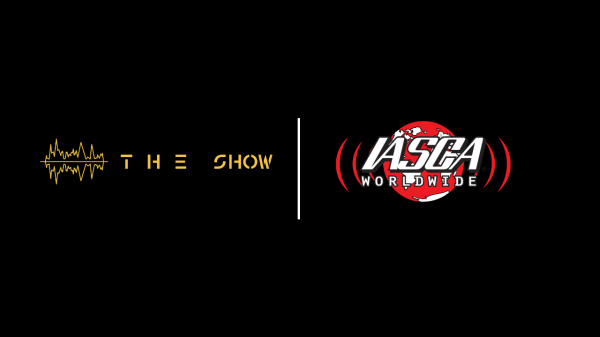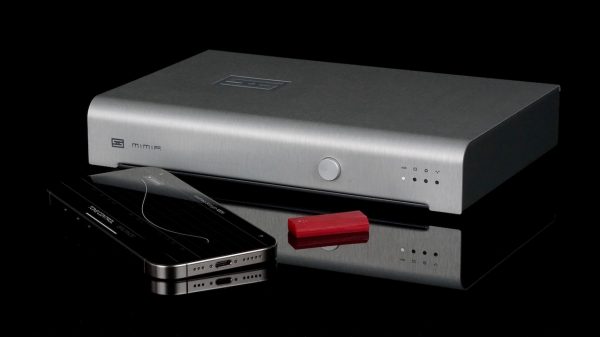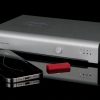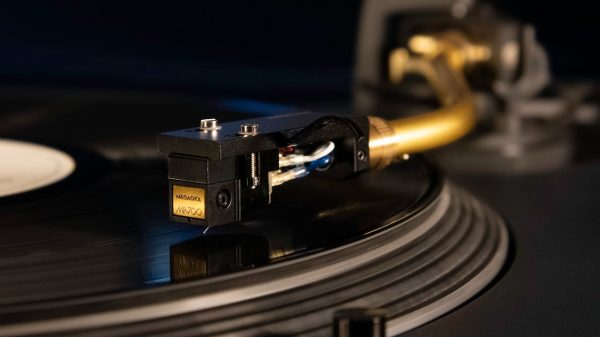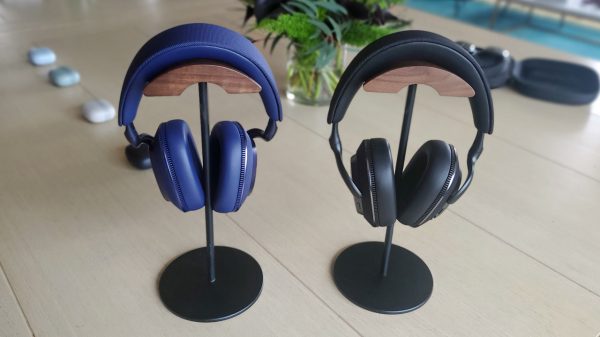Six industry leaders establish PictSync Promoters Group and announce pre-release interoperability guidelines for industry comment
Epson, HP, IDS, Olympus, PortalPlayer and Samsung, working together as the PictSync Promoters Group, announced today that they have jointly developed guidelines to increase interoperability between digital cameras, camera phones and portable media players. The guidelines, dubbed PictSync™, will enable the easy transfer of digital photos between two portable devices that are able to capture or store images, without requiring a personal computer. A licensing program is under development to allow for broad industry adoption of the PictSync guidelines.
Companies interested in PictSync or who wish to review and comment on the pre-released guidelines (version 0.95) can have limited access to the document. Representatives from the PictSync Consortium will be available on February 27, 2006 at the Photo Marketing Association International show in Orlando, Florida to discuss the PictSync guidelines. Interested parties may contact the PictSync Facilitator to make an appointment. The purpose of this pre-release is to get industry feedback and study the potential market impact of PictSync. Interested companies can review the pre-release version by downloading it from PictSync.org or contacting Felix Nemirovsky, PictSync Facilitator.
“An outline of the PictSync Guideline and Licensing program has been introduced to members of the PictBridge1 development group. We think PictSync is very Synergetic to PictBridge and expect it will provide extended interoperability to PictBridge capable devices,” said Koji Abe, General Manager of Inkjet Division, Canon Japan.
Release of version 1.0 and the logo certification program is expected to be announced by the end of Q1 2006. The six companies that comprise the PictSync Promoters Group are collaborating on these guidelines to address the current lack of interoperability and compatibility between image capture devices and consumer electronic playback devices.
“Today, it can be difficult for the average consumer to transfer an image from a camera phone or digital camera to a personal media player without first transferring the image to a PC. Even then, it may not be possible because data structures, transfer protocols and synchronization policies are not followed consistently by all manufacturers,” said Nemirovsky. “Clearly defined interoperability guidelines using existing industry standards such as MPV, DCF, MSC, PTP and others will enable fast, easy and consistent sharing or archiving of digital photo in portable media players and other non-PC devices.”
Through use of existing industry standards, the PictSync Promoters Group plans to document and publish compatibility guidelines, provide a testing methodology and logo certification program, which ultimately will provide consumers with the ability to connect compliant capture devices and compliant playback devices successfully. PictSync will enable compliant devices to successfully recognize all photo content along with all metadata. PictSync enabled devices will also transfer and/or synchronize all photo content and metadata from compliant capture devices to compliant playback devices.
Initially, two classes of device have been defined: a PictSync device, capable of serving as a USB host, and PictSource, a USB device. In addition, five primary usage models for PictSync interoperability have been defined, as listed below. The base use case for each is to connect two devices together and synchronize their contents.
1. PictSync Device connected to a digital camera
2. PictSync Device connected to a camera phone
3. PictSync Device connected to another PictSync Device like a Personal Media Player (PMP)/USB storage device
4. Memory Card inserted in a PictSync Device
5. PictSync/PictSource Device connected to a PC using MPV-enabled software
PictSync connectivity between compatible devices is contemplated at this time for two specific physical interfaces, USB and memory card interfaces. However, there are no inherent designs or protocol components in PictSync, which would restrict connectivity to these physical interfaces. For example, in the future, a digital camera could connect to a personal media player through Bluetooth, WUSB, IrDA and other wireless data transfer methods.
Existing industry standards utilized in the PictSync Interoperability Guidelines include Design rule for Camera File System (DCF)2; Exchangeable Image File format (Exif)3; JPEG; TIFF; Media Storage Device (MSD)4, a specification that defines how a device behaves on a USB bus; MusicPhotoVideo (MPV)5, a metadata exchange specification developed by the Optical Storage Technology Association; Media Transfer Protocol (MTP)6, a new protocol designed for portable media devices; Picture Transfer Protocol (PTP)7, defined by the Photo Industry Marketing Association and soon to be released by ISO; and WIA8, a PTP implementation by Microsoft.
The PictSync member companies encourage OEMs, ODMs and component suppliers that are building products that directly or indirectly capture, store or manage digital photos to participate in this initiative. Please consider reviewing the pre-release version of the PictSync Guidelines, providing feedback prior to final release of PictSync v1.0 document, or co-sponsoring or participating in an upcoming PictSync Plugfest. The first open PictSync Plugfest is tentatively planned for Q2, 2006 in San Francisco.
For further information, including an executive overview of the PictSync Interoperability Guidelines and the information on how to obtain the pre-release version for review, please visit the PictSync website at http://www.pictsync.org. To set up a meeting during PMA or at any time, please contact PictSync Facilitator Felix Nemirovsky at felix@chubaconsulting.com or (415) 643–0944.
###
1 PictBridge is the CIPA standard for connecting digital imaging device and printer http://www.cipa.jp/pictbridge/index_e.html
2 DCF, a JEITA standard developed in 1998. http://www.jeita.or.jp
3 Exif, a JEITA standard developed in 1998, information available at http://www.jeita.or.jp and http://www.exif.org/specifications.html
4 MSD, specification available at http://www.usb.org/developers/devclass_docs
5 MPV, specification available at http://www.osta.org/mpv/public/index.htm
6 MTP, reference materials can be found at http://msdn.microsoft.com/library/default.asp?url=/library/en-us/dnwmt/html/mtp_ spec.asp
7 PTP, ISO-15740 (PTP) “Picture Transfer Protocol Specification” http://www.iso.org/
8 WIA reference materials may be found at http://www.microsoft.com/whdc/device/stillimage/stillimg-connect.mspx

